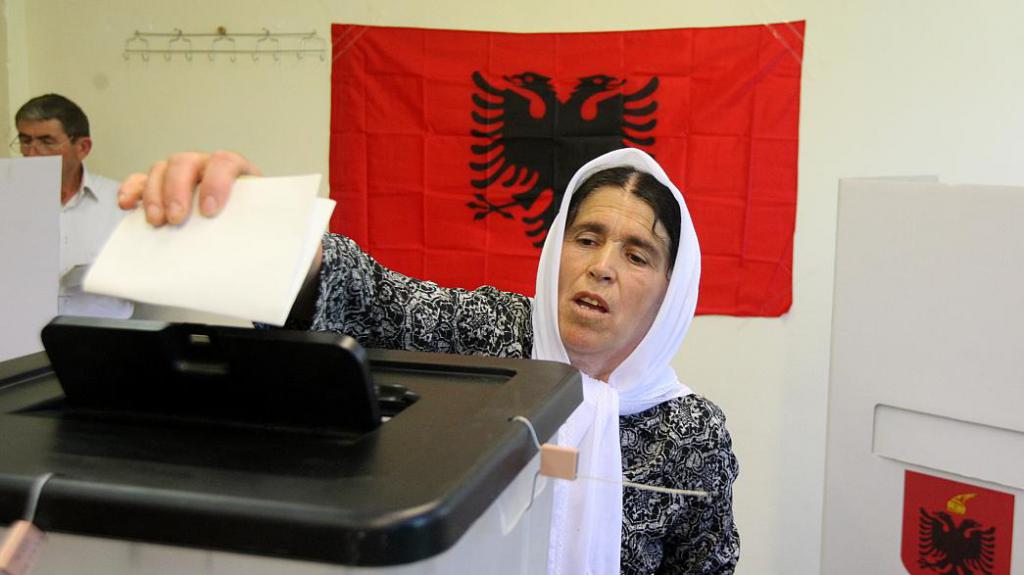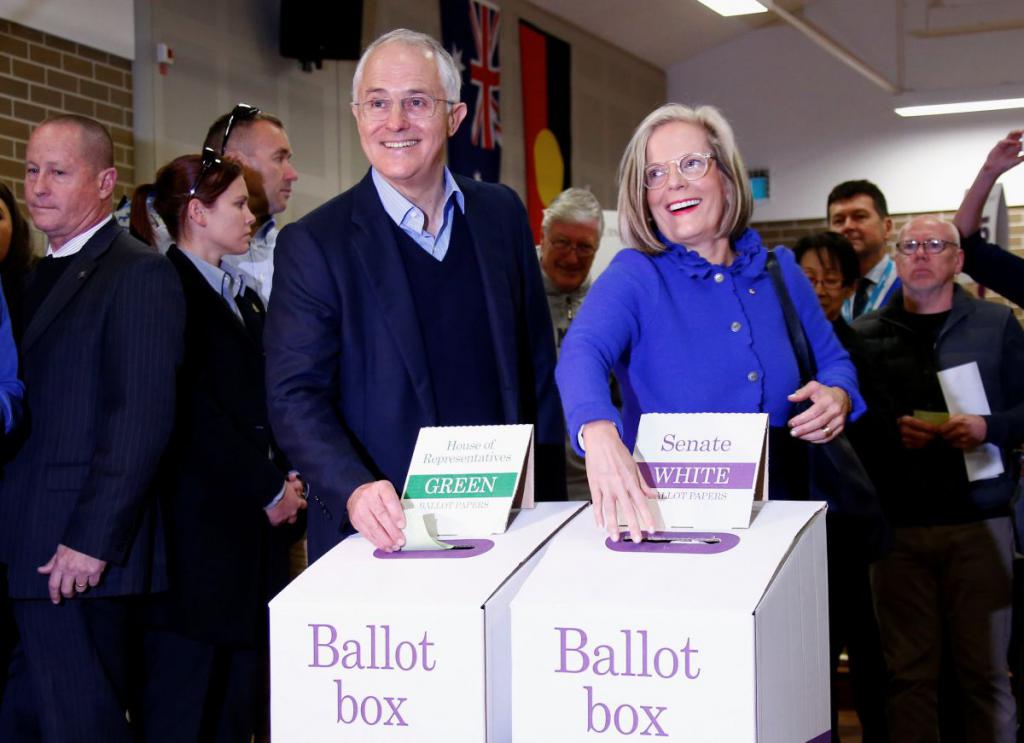Parliamentary elections in a democratic society serve as the main means for the formation of representative bodies of power. Citizens elect deputies who are required to represent their interests and are accountable to them. The history of parliamentarism dates back many centuries, different countries put forward different requirements for candidates, and use their own election systems. All this will be described below.
Definition
At the dawn of the development of democracy, people elected the leader of the tribe, the townspeople, gathering in the central square, together resolved vital issues. An example of this is the Veche in the Novgorod Republic of the early Middle Ages.
However, in cases where the state becomes too vast, there is a need for a parliament - a centralized government body, which brings together representatives of different regions who defend the interests of local residents who have chosen them as deputies.

Depending on the state structure, meetings of deputies may be unicameral or bicameral. In Russia, the parliament is the Federal Assembly, consisting of the Duma and the Federation Council.
In parliamentary elections, two sides are distinguished - voters and voters. In order to cut off destructive and insolvent forces from the democratic process, in all countries there are certain types of electoral qualifications. As a rule, the requirements for the electors and voters almost match. In the general case, both those and others should be no younger than a certain age, not have foreign citizenship, be competent.
Parliamentary election system
Over the centuries of democracy, the states of Europe have developed complex norms and principles of electoral procedures. The rules by which parliamentary elections are held in the country are determined by the existing system. There are two main election systems - majority and proportional.
The majority system, as the name implies, provides for the victory of the candidate who won a simple majority of votes, regardless of the score with which he defeated the opponent. That is, each electoral district nominates candidates for parliament on the party list or one candidate who won the election in that district.

A striking example of a majoritarian election system is the presidential election in the United States. Residents of the state choose one of several electoral lists that will subsequently determine the head of state. Regardless of which advantage this or that list wins, losers will not receive a single place in the final electoral college from all regions of the country.
Thus, it turns out that conditional Minnesota unanimously votes for conditional Trump, although in fact 49 percent of the inhabitants of this beautiful state could vote for his opponent.
Proportional election system
The proportional system is more fair, deputy seats in parliament are distributed among parties in proportion to the number of voters in the country as a whole. In other words, the whole country at the same time represents a single electoral district, and outsider parties, inferior to large movements in individual constituencies, have the opportunity to be represented in parliament.

Today, Russia has a mixed proportional-majority system. Half of the seats are given to the party list winners, the second half to the leaders of parliamentary elections from single-member constituencies.In some countries, even more complex mechanisms for the formation of assemblies of people's representatives are involved.
Nomination of candidates
As a rule, the date of parliamentary elections is set by the head of state. After that, the movement of the elective mechanism begins. Election commissions are appointed, constituencies are formed, the registration of candidates for deputy mandates begins. Candidates are nominated by parties, or self-nominated candidates propose.

In the latter case, a self-nominated candidate is required to submit signatures of future voters in his support. The number of vouchers for a candidate varies depending on parliamentary tradition. In the UK, it is enough to provide signatures of 10 people, in Russia it was necessary to enlist the support of 120,000 people.
Direct election
The most interesting part begins during the parliamentary elections. Grassroots election commissions count the votes cast for candidates, then transfer their data to higher commissions and so on along the chain until the summary results are reached by the central election commission.

In the center, the final results are calculated, after which the distribution of deputy seats among the winning parties or among independent deputies takes place.
Cancellation Cases
In most countries, the voter turnout threshold is in effect, that is, parliamentary elections are invalidated if less than a certain number of voters vote. In France, this is twenty-five percent of the total number of voters. In the case of the parliamentary elections in Russia, the turnout threshold was canceled, the elections are recognized as valid with any number of voters.
In addition, in many countries, elections are canceled if violations have been uncovered in a large number of polling stations. In Russia, a quarter of all sites in the country are considered critical mass.
